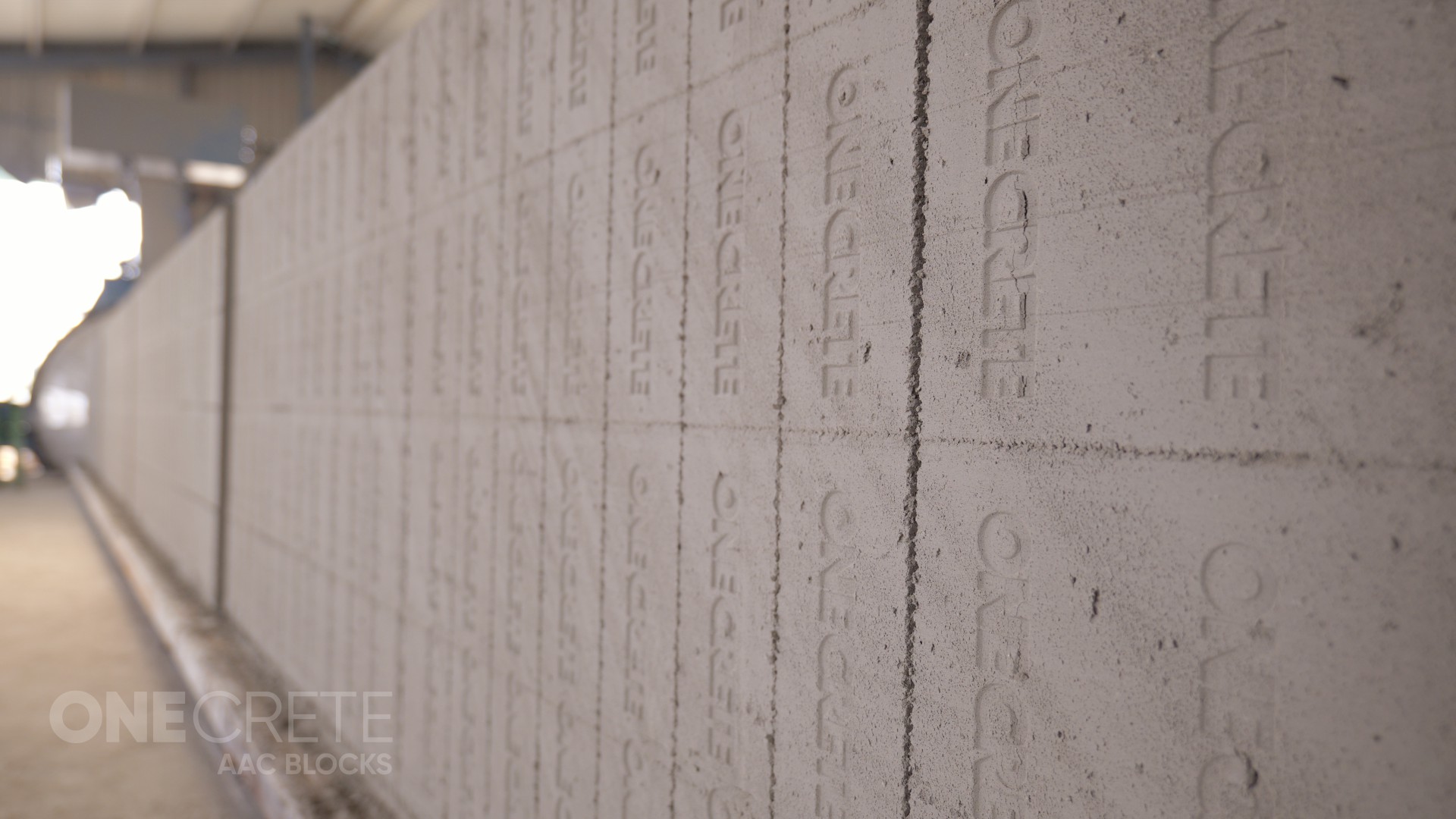In recent years, the construction industry has seen a paradigm shift towards sustainability, there has been a growing emphasis on eco-friendly materials and practices. One notable player in this journey is Autoclaved Aerated Concrete (AAC) blocks. The global AAC market, valued at $18.8 billion in 2020, is projected to reach 25.2 billion by 2025, highlighting the growing demand for sustainable materials in construction. AAC blocks have gained prominence as a sustainable building material, lining up with the emerging trends in the construction industry and contributing to the development of sustainable buildings.
AAC blocks: An overview
Autoclaved Aerated Concrete (AAC) is a lightweight precast concrete product that is rapidly gaining popularity in the construction sector. AAC blocks are produced by blending sand, cement, lime, and aluminum powder; this blend then undergoes a chemical reaction during autoclaving which is a process of curing under high temperature and pressure. This results in permeable yet robust blocks that have exceptional thermal insulation properties.
AAC blocks in construction:
AAC blocks have become a go-to choice for builders and architects due to their numerous advantages. The lightweight nature of AAC blocks reduces the overall weight of the structure, leading to lower transportation costs and easier foundation requirements. In addition to this, their thermal insulation properties result in energy effectiveness, lessening the requirement for unreasonable warming or cooling in structures.
Furthermore, AAC blocks in construction give higher fire resistance, making them a much safer option for construction. Their longevity and resistance to pests and mold contribute to the robustness and durability of structures, which results in low reducing maintenance costs over time. These attributes make AAC blocks an appealing alternative to traditional construction materials.
Emerging trends in the construction industry:
As the construction industry undergoes a significant shift towards sustainability, AAC blocks have emerged as a pivotal player. They are in harmony with the industry’s evolving trends. AAC blocks offer a solution that combines strength, durability, and environmental consciousness. The production process of AAC blocks give out fewer greenhouse gas emissions compared to traditional building materials, making them a more sustainable option.
Moreover, the use of AAC blocks supports the concept of modular construction, which has garnered much attention in recent years. The modular approach involves gathering prefabricated elements, such as AAC blocks, off-site before transporting them to the construction site. This not only reduces construction time but also results in a low waste production, hence less negative impact on the environment.
Green building material:
AAC blocks in construction industry are considered a green building material due to their environment-friendly characteristics. The raw materials used in AAC block production are abundant and easily available, reducing the environmental impact associated with material extraction. Furthermore, the manufacturing process itself consumes less energy compared to traditional concrete, further contributing to the green building movement.
The thermal efficiency of these blocks increases the energy performance of buildings, reducing the need for artificial heating or cooling. This results in lower energy consumption throughout the life cycle of the structure, aligning with the principles of sustainable architecture. As governments and industries worldwide focus on reducing carbon footprints, the adoption of green building materials like AAC blocks becomes pivotal in achieving these environmental goals.
In summary
The rise of AAC blocks in sustainable construction reflects a broader industry shift towards eco-friendly practices and materials. As the construction sector embraces emerging trends, such as modular construction and green building, AAC blocks stand out as a versatile and environmentally conscious choice. The inherent qualities of AAC blocks, including lightweight construction, thermal insulation, and durability, position them as a cornerstone in the development of sustainable and resilient buildings. As we move towards a more sustainable future, AAC blocks are likely to play a crucial role in shaping the landscape of the construction industry.

